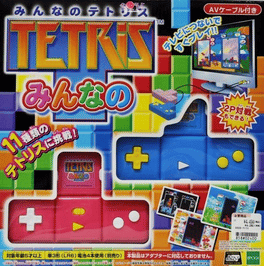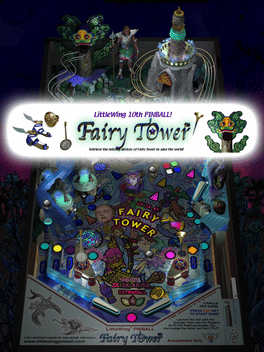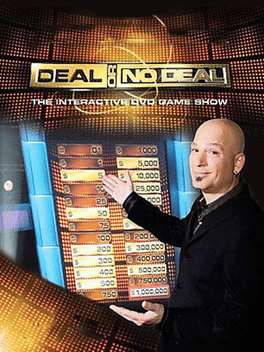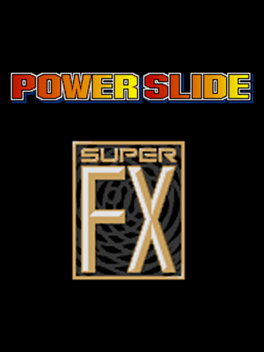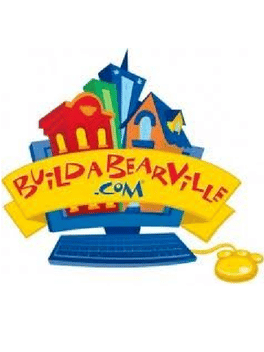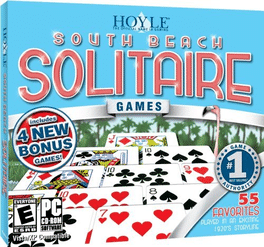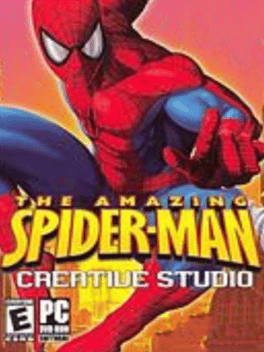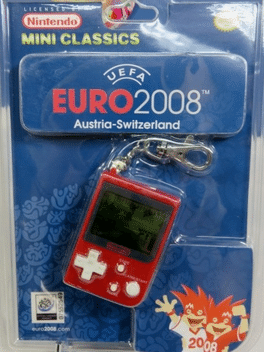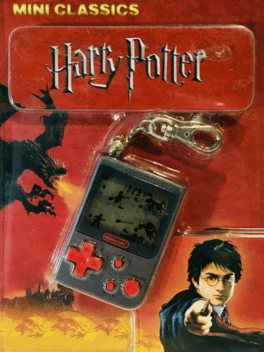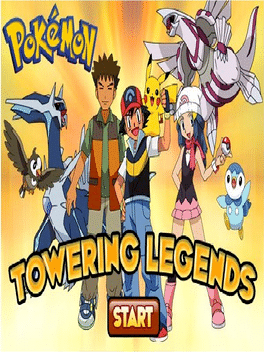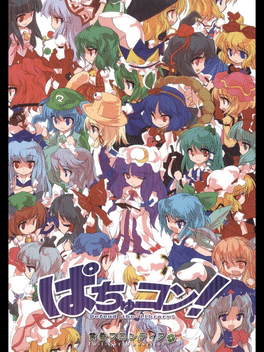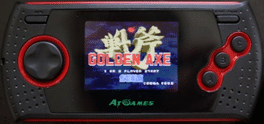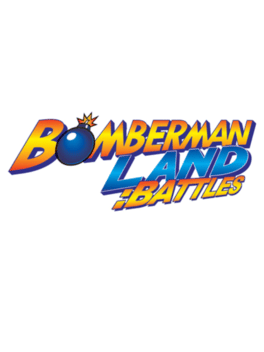New Games - Page 10025
-
Minna no Tetris
2007
Minna no Tetris
2007
Minna no Tetris is a handheld plug-and-play TV game developed and published by EPOCH in Japan. -
Fairy Tower
2007
Fairy Tower
2007
Fairy Tower is a digital pinball game made by Japanese developer LittleWing and published in 2007. It is themed around a crashed alien spaceship that people believe to be a magical fairy tower. -
Deal or No Deal: The Interactive DVD Game Show
2007
DVD version of Deal or No Deal lets you play the popular game in front of your TV. -
Powerslide
2007
Powerslide
2007
Powerslide is a Super FX supported game that was also in development for the Jaguar and 3DO. It was being developed by Elite, an English game company. According to Steve Wilcox of Elite, the game was cancelled because the cost of producing cartridges for the game was too high to make a return on the costs of software development. -
Build-A-Bearville
2007
Build-A-Bearville
2007
Bearville (formally known as Build-A-Bearville) was an online multiplayer game which opened in late October 2007 and closed in March 2015. The game was opened to further promote the Build A Bear Workshop franchise and allow kids to have a more magical experience; it allowed them to bring their bears - which were called 'Furry Friends' - to life and play with them in an online community, which involved many activities such as minigames and making new friends. -
The Amazing Spider-Man: Creative Studio
2007
Swing into action with the Spider-Man Creative Studio! Star in your own comic book! Import your own photos & you star with Spidey. Make hundreds of SPider-Man creative projects including calendars, greeting cards, bookmarks & more. Discover the Spider-Man character profiles & learn about Spider-Man, his friends & foes. Answer the amazing questions in the Spider-Man Quiz. Play Spider-Man games including Spider-Man Sudoku, Solitaire, Puzzles, matching games & more! -
Gun Star
2007
Gun Star
2007
Doujin game of the comedy slice-of-life series LuckyStar... with guns! GunStar takes the player in a series of side-scrolling levels blasting everything in sight, but unlike most side-scrolling shooting games GunStar aims for an FPS experience in 2D with WASD movement and mouse aiming, even emulating weapon recoil. -
Tangram
2007
-
Concentration
2007
-
Brain Power
2007
-
Nintendo Mini Classics: UEFA Euro 2008
2007
A keychain Nintendo Mini Classics based on the UEFA Euro 2008 Championship. -
Nintendo Mini Classics: Harry Potter and the Goblet of Fire
2007
A Nintendo Mini Classics original based on the Harry Potter and the Goblet of Fire movie. -
Pokémon: Towering Legends
2007
Stack the biggest pile of the same element you can to get the highest combo possible. The round ends when all elemental tiles have been removed. -
PatchCon! Defend the Library
2007
This game is real-time strategy game where the player must choose 5 Touhou characters to create an army from and defend Patchouli's library from swarms of oncoming attackers that are after the books. -
Arcade Portable
2007
Arcade Portable
2007
The Arcade Portable is a handheld Sega Mega Drive console on a chip manufactured by AtGames. It was the second handheld to be produced by AtGames, following the Arcade Gamer Portable, and was bettered by the Arcade Ultimate. Like many of AtGames' products, the true name for this handheld is not known. AtGames' website calls it the Arcade Portable, but the device was renamed by various distributors. Packaging calls it the Mega Drive Portable Video Game Player. The system was manufactured by AtGames who distributed across Asia. Blaze Europe distributed across Europe and Tectoy brought it to Brazil as the Mega Drive Portátil. -
Nicktoons: Summer Camp
2007
Nicktoons: Summer Camp is the 2007 sequel to 2006's Cartoon Network TV game developed by Handheld Games LLC and published by Jakks Pacific. -
Bomberman Reprint
2007
-
Bomberman Land: Battles
2007
Bomberman Land: Battles is a Bomberman video game released in 2007 on mobile devices. Although the name features Bomberman Land, gameplay-wise, the game doesn't have to do much with the Bomberman Land series.

